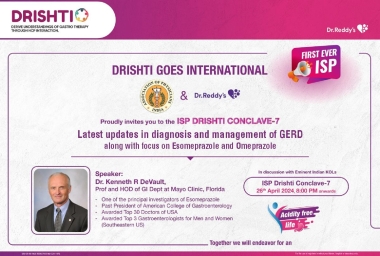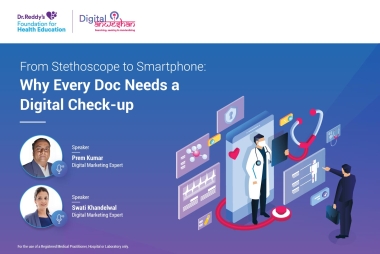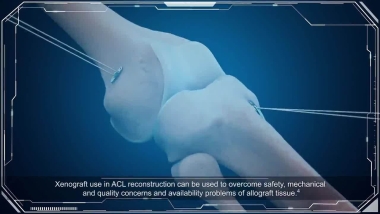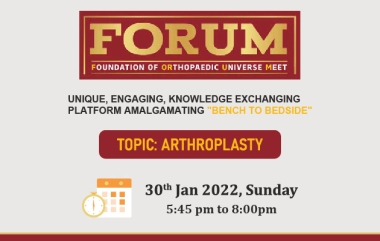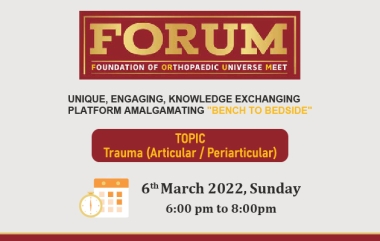test
test
test
test
test
test
test
test
test
test
Webinars
Videos
Courses
Medshorts

High-dose vitamin D supplementation well-tolerated and effective in managing overactive bladder dry in children
According to a recent study, high-dose vitamin D supplementation (VDS) plus standard urotherapy (SU) is safe and efficacious in managing overactive bladder dry in children. This study’s findings were published in The Journal of Urology.
This 3-arm, randomized clinical trial included 303 pediatric patients. Out of these, 100 children were randomized to receive 8 weeks of high-dose VDS, which consisted of vitamin D3 drops encapsulated as soft capsules, 2400 IU/d, plus SU (VDS + SU group). The other groups were administered 5-10 mg/d of solifenacin plus SU (SOL + SU group; n=102), or SU alone (SU group; n=101). The primary outcome of the study was reduction in voiding frequency. Secondary outcomes included nocturia, quality of life score, improvement in urgency, participant satisfaction, and pediatric lower urinary tract symptom score. Also, the treatment-related adverse events were recorded for each group.
It was observed that the VDS + SU group showed greater improvements in voids/d than the SOL + SU group and the SU group post intervention. The greatest improvement in quality of life and pediatric lower urinary tract symptom scores was also seen in the VDS + SU group. Both the SOL + SU and SU groups showed similar patient satisfaction. The VDS + SU group did not exhibit an increased risk of treatment-emergent adverse events as found in the other groups.
Based on the above results, it can be concluded that high-dose of VDS plus SU, when given to children for managing overactive bladder dry, may be effective and well-tolerated and hence, may be used as a novel therapeutic option.

High-dose vitamin D supplementation well-tolerated and effective in managing overactive bladder dry in children
According to a recent study, high-dose vitamin D supplementation (VDS) plus standard urotherapy (SU) is safe and efficacious in managing overactive bladder dry in children. This study’s findings were published in The Journal of Urology.
This 3-arm, randomized clinical trial included 303 pediatric patients. Out of these, 100 children were randomized to receive 8 weeks of high-dose VDS, which consisted of vitamin D3 drops encapsulated as soft capsules, 2400 IU/d, plus SU (VDS + SU group). The other groups were administered 5-10 mg/d of solifenacin plus SU (SOL + SU group; n=102), or SU alone (SU group; n=101). The primary outcome of the study was reduction in voiding frequency. Secondary outcomes included nocturia, quality of life score, improvement in urgency, participant satisfaction, and pediatric lower urinary tract symptom score. Also, the treatment-related adverse events were recorded for each group.
It was observed that the VDS + SU group showed greater improvements in voids/d than the SOL + SU group and the SU group post intervention. The greatest improvement in quality of life and pediatric lower urinary tract symptom scores was also seen in the VDS + SU group. Both the SOL + SU and SU groups showed similar patient satisfaction. The VDS + SU group did not exhibit an increased risk of treatment-emergent adverse events as found in the other groups.
Based on the above results, it can be concluded that high-dose of VDS plus SU, when given to children for managing overactive bladder dry, may be effective and well-tolerated and hence, may be used as a novel therapeutic option.


High-dose vitamin D supplementation well-tolerated and effective in managing overactive bladder dry in children
According to a recent study, high-dose vitamin D supplementation (VDS) plus standard urotherapy (SU) is safe and efficacious in managing overactive bladder dry in children. This study’s findings were published in The Journal of Urology.
This 3-arm, randomized clinical trial included 303 pediatric patients. Out of these, 100 children were randomized to receive 8 weeks of high-dose VDS, which consisted of vitamin D3 drops encapsulated as soft capsules, 2400 IU/d, plus SU (VDS + SU group). The other groups were administered 5-10 mg/d of solifenacin plus SU (SOL + SU group; n=102), or SU alone (SU group; n=101). The primary outcome of the study was reduction in voiding frequency. Secondary outcomes included nocturia, quality of life score, improvement in urgency, participant satisfaction, and pediatric lower urinary tract symptom score. Also, the treatment-related adverse events were recorded for each group.
It was observed that the VDS + SU group showed greater improvements in voids/d than the SOL + SU group and the SU group post intervention. The greatest improvement in quality of life and pediatric lower urinary tract symptom scores was also seen in the VDS + SU group. Both the SOL + SU and SU groups showed similar patient satisfaction. The VDS + SU group did not exhibit an increased risk of treatment-emergent adverse events as found in the other groups.
Based on the above results, it can be concluded that high-dose of VDS plus SU, when given to children for managing overactive bladder dry, may be effective and well-tolerated and hence, may be used as a novel therapeutic option.


